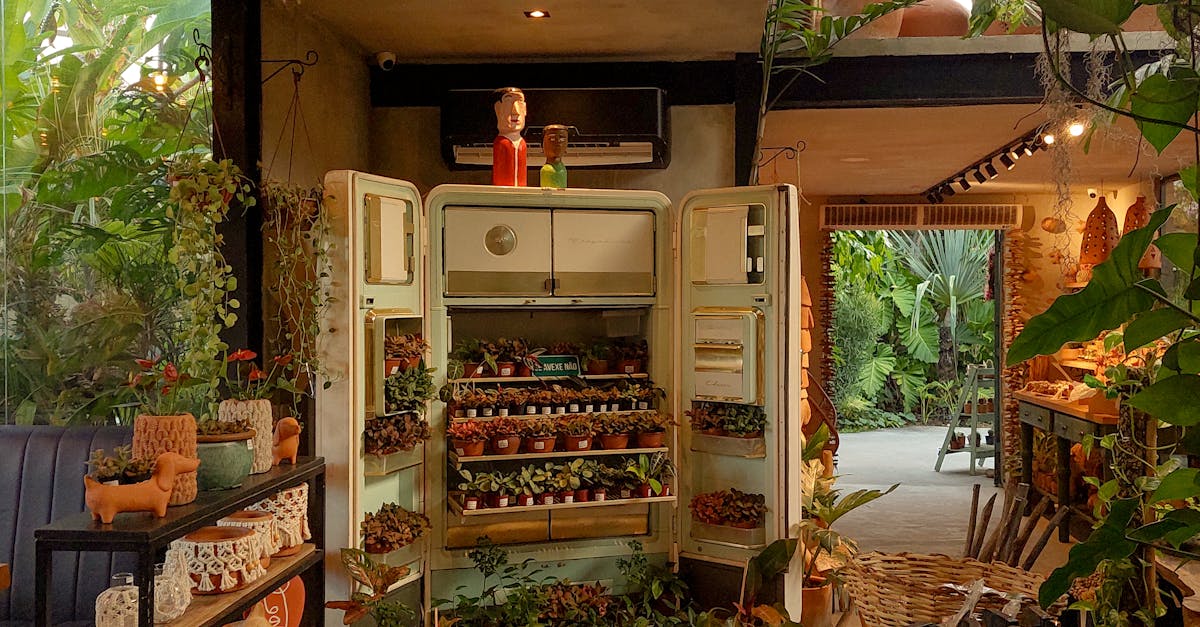In the realm of sustainable gardening practices, permaculture has emerged as a revolutionary approach that not only promotes environmental harmony but also yields bountiful harvests. Within the realm of permaculture, herb and flower gardening play pivotal roles in creating diverse and resilient ecosystems. In this article, we will delve into the best methods for incorporating permaculture principles into herb and flower gardens to maximize their potential and beauty.
Understanding Permaculture Gardening
Permaculture, derived from the words “permanent” and “agriculture,” is based on designing agricultural ecosystems that mimic the diversity, stability, and resilience of natural ecosystems. By working with nature rather than against it, permaculture gardens strive to create self-sustaining systems that require minimal external inputs.
Herb Gardening in Permaculture Systems
Herbs are not only valuable for their culinary and medicinal properties but also for their role in attracting beneficial insects and pollinators. When integrating herb gardening into a permaculture system, consider the following methods:
1. Guild planting: Create mutually beneficial plant groupings where herbs like basil, thyme, and oregano complement each other and enhance the overall ecosystem.
2. Companion planting: Pair herbs with flowers such as marigolds and calendula to deter pests and attract pollinators, thus promoting biodiversity and resilience in the garden.
3. Succession planting: Plan for continuous harvests by planting herbs in succession, ensuring a steady supply of fresh ingredients throughout the growing season.
Flower Gardening in Permaculture Systems
Flowers not only add beauty and color to the garden but also play essential roles in supporting pollinators and beneficial insects. When incorporating flower gardening into a permaculture design, consider these strategies:
1. Native plant selection: Choose native flowers that are adapted to the local climate and require minimal maintenance, thus promoting biodiversity and sustainability.
2. Polyculture planting: Mix different flower species to create diverse habitats that attract a wide range of pollinators and beneficial insects, promoting natural pest control.
3. Mulching and companion planting: Use mulch to retain moisture and suppress weeds around flowers, and pair them with herbs and vegetables to create vibrant and functional garden beds.
Permaculture and Flower Gardens: A Harmonious Relationship
In permaculture systems, the synergy between herbs, flowers, and other plants creates a harmonious and productive environment where each element supports the others. By embracing permaculture principles such as observation, integration, and diversity, gardeners can create thriving ecosystems that are not only beautiful but also resilient and sustainable.
Conclusion
Permaculture gardening offers a holistic and regenerative approach to cultivating herbs and flowers, promoting biodiversity, and enhancing ecosystem health. By implementing permaculture principles into herb and flower gardens, gardeners can create thriving and vibrant spaces that provide a wealth of benefits for both people and the planet. Embrace permaculture growing techniques in your herb and flower gardens, and watch as your garden flourishes with beauty, abundance, and sustainability.


